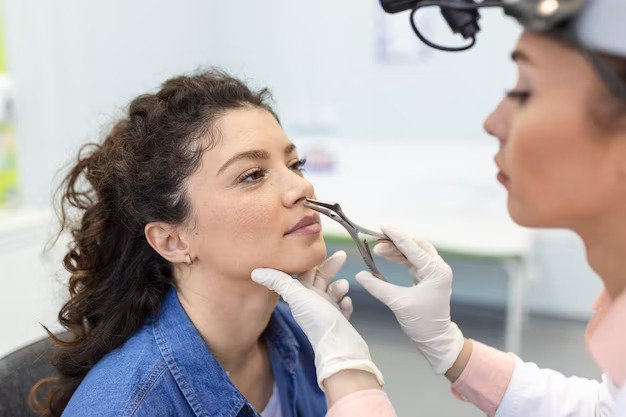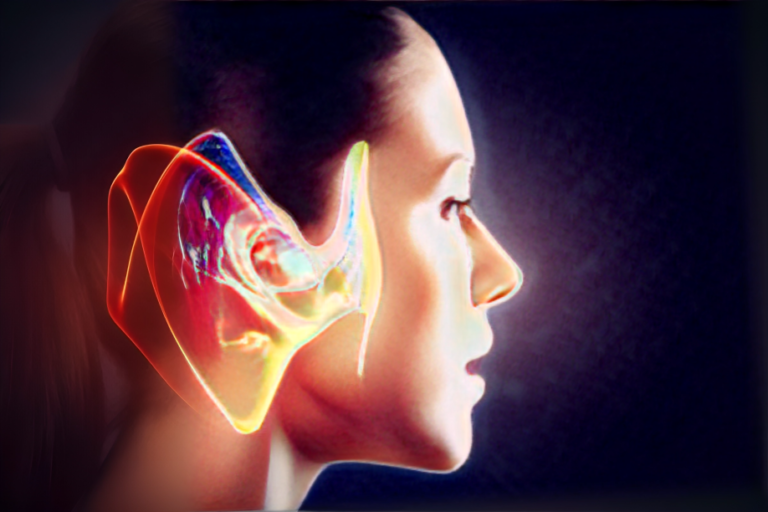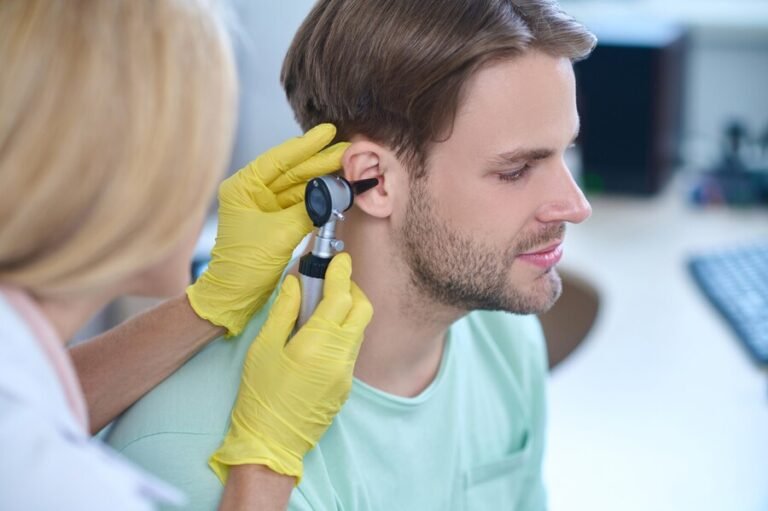Precision Care for Vital Regions: Head and Neck Surgery.
Head and neck surgery encompasses a specialized branch of medical care focused on diagnosing and treating conditions affecting the intricate structures of the head and neck, including the throat, mouth, nose, and related areas. This field demands precision, expertise, and innovation due to the complexity and vital nature of the anatomical structures involved. Let’s explore how head and neck surgery delivers precision care to these critical regions, improving outcomes and enhancing patients’ quality of life.
To Know More About It Please Click Here
- Multidisciplinary Approach: Head and neck surgery often involves collaboration among various medical specialties, including otolaryngology (ENT), oral and maxillofacial surgery, neurosurgery, and plastic surgery. This multidisciplinary approach allows for comprehensive evaluation, personalized treatment plans, and optimal outcomes for patients with complex conditions such as head and neck cancers, skull base tumors, and facial trauma.
- Advanced Imaging Techniques: Precise diagnosis is the cornerstone of effective treatment in head and neck surgery. Advanced imaging techniques such as computed tomography (CT), magnetic resonance imaging (MRI), and positron emission tomography (PET) provide detailed anatomical information, allowing surgeons to accurately assess tumor size, location, and involvement of surrounding structures. This enables tailored treatment planning and precise surgical intervention while minimizing damage to healthy tissue.
- Minimally Invasive Procedures: Minimally invasive techniques have revolutionized head and neck surgery, offering patients less invasive treatment options with faster recovery times and reduced risk of complications. Endoscopic surgery, for example, allows surgeons to access and remove tumors through small incisions or natural body openings, sparing patients from extensive surgery and lengthy hospital stays.
- Robotic-Assisted Surgery: Robotics technology has emerged as a valuable tool in head and neck surgery, enhancing precision and dexterity during complex procedures. Robotic-assisted surgery enables surgeons to perform intricate maneuvers with greater accuracy and control, particularly in delicate areas such as the throat and larynx. This minimizes trauma to surrounding tissues and improves surgical outcomes for patients with conditions such as throat cancer or obstructive sleep apnea.
- Functional and Aesthetic Restoration: Head and neck surgery not only focuses on treating diseases and disorders but also on restoring function and appearance to affected areas. Reconstructive techniques, such as microvascular surgery and tissue grafting, allow surgeons to rebuild damaged or removed tissues while preserving essential functions such as speech, swallowing, and breathing. Facial reconstruction following trauma or cancer surgery aims to restore natural appearance and improve patients’ self-esteem and quality of life.
- Precision Cancer Treatment: Head and neck cancers pose unique challenges due to their proximity to critical structures such as the brain, eyes, and major blood vessels. Head and neck surgeons employ precision techniques such as image-guided surgery, intraoperative navigation, and targeted radiation therapy to precisely target cancerous tissues while sparing healthy surrounding structures. This minimizes side effects and improves survival rates for patients with head and neck cancer.
- Comprehensive Care and Support: Beyond surgical intervention, head and neck surgery involves comprehensive care and support for patients throughout their treatment journey. This may include preoperative counseling, rehabilitation services, speech therapy, and psychosocial support to address the physical, emotional, and social aspects of recovery. Patient education and empowerment play a crucial role in helping individuals make informed decisions about their care and manage the challenges associated with their condition.
To Know More About It Please Click Here
In conclusion
head and neck surgery epitomizes precision care for vital regions of the body, combining advanced technology, multidisciplinary expertise, and a patient-centered approach to deliver optimal outcomes for individuals with complex conditions. As technology continues to evolve and treatment strategies advance, the future of head and neck surgery holds great promise for improving patients’ lives and tackling challenging diseases with greater precision and effectiveness.








